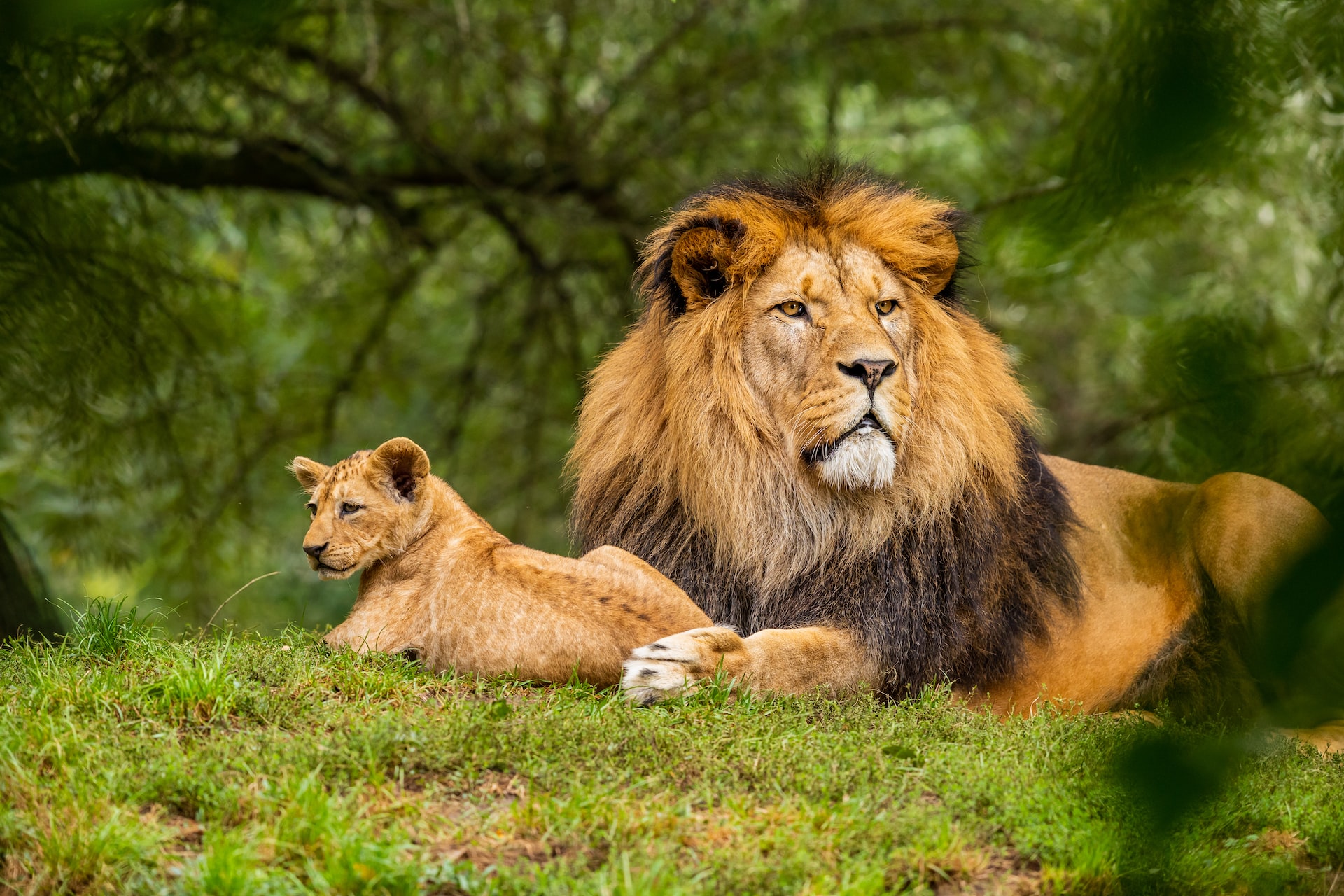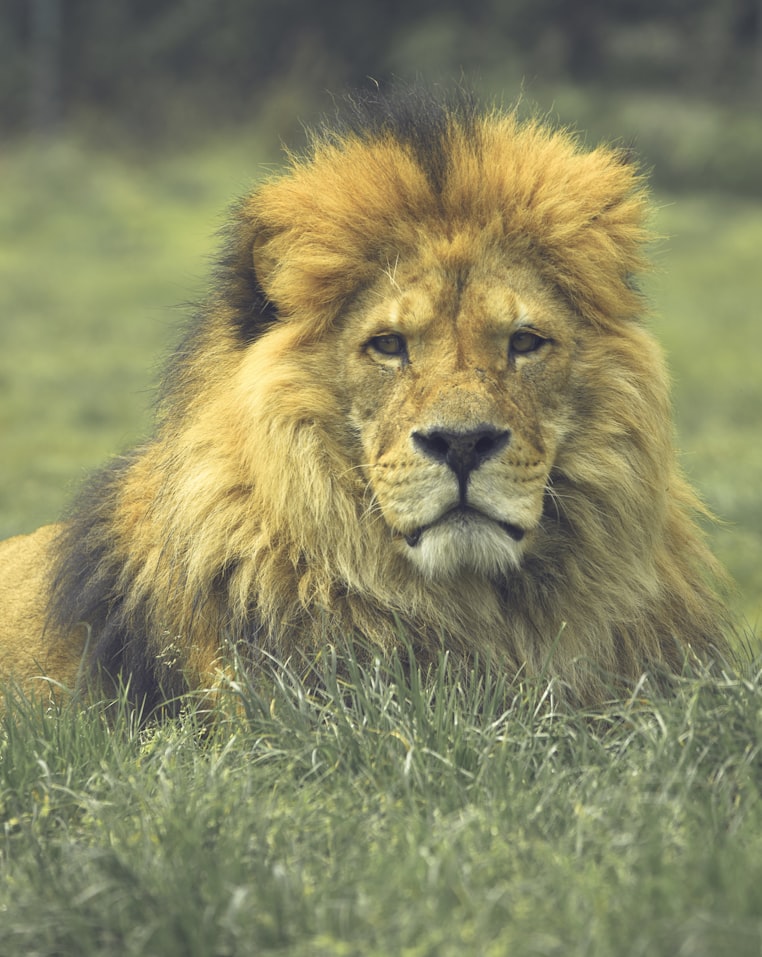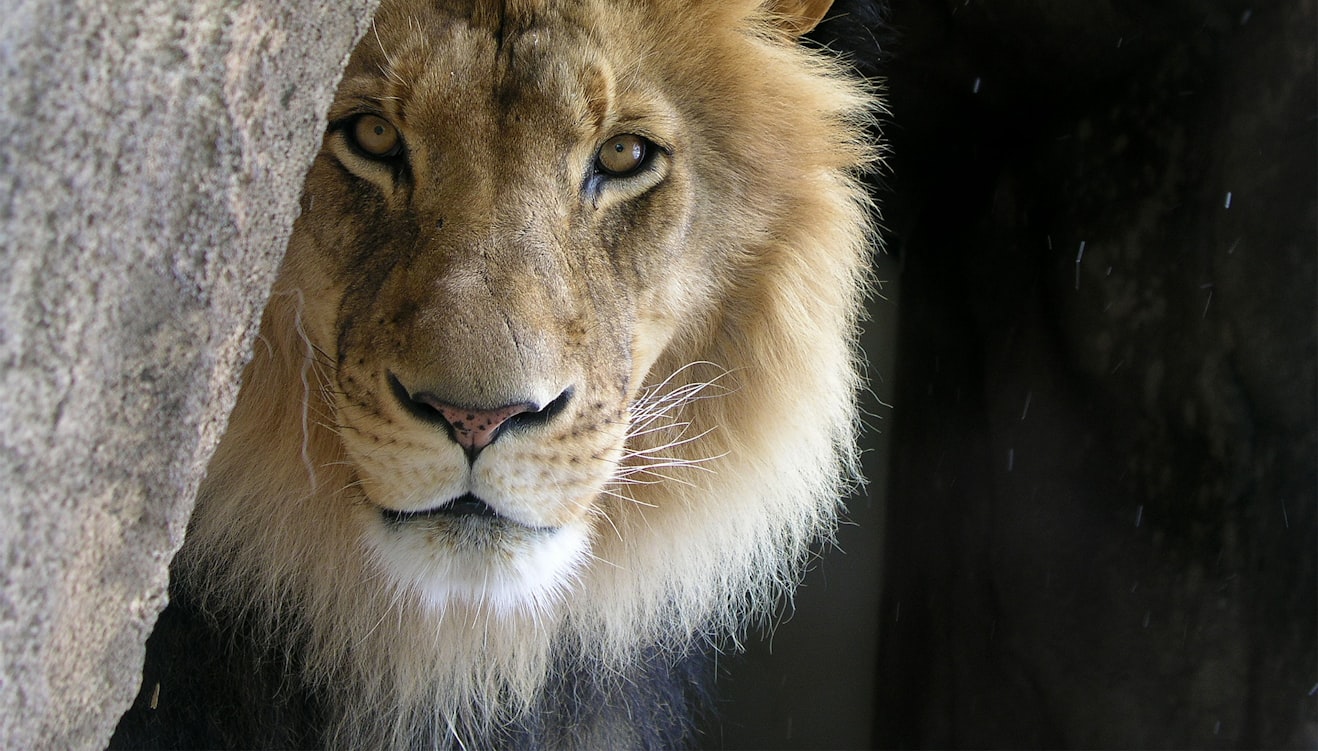Lion-tastic: The Fascinating World of the King of the Jungle

Lions are large, majestic cats that are native to Africa and parts of Asia. They are known for their distinctive mane, powerful muscles, and strong jaws. Lions are apex predators and are at the top of their ecosystem’s food chain. They are also an endangered species, with fewer than 20,000 individuals remaining in the wild.
Physical characteristics
Lions are the second largest members of the cat family, after tigers. They can weigh up to 550 pounds and have a long tail and powerful legs that allow them to run at speeds of up to 50 mph.
Lions have sharp claws and teeth, which they use to hunt and kill their prey. They also have excellent eyesight and hearing, which helps them locate prey from a distance.
Behavior and ecology
Lions are social animals and live in groups called prides, which can range in size from a few individuals to over 20. Prides are led by a dominant male, who is responsible for protecting and providing for the group.
Lions are skilled hunters and typically prey on large mammals such as antelopes, zebras, and wildebeest. They are also opportunistic eaters and will occasionally hunt smaller prey or scavenge for food.
Reproduction and social structure
Lions have a complex social structure and mating system. Males are responsible for protecting and providing for the pride, while females do the majority of the hunting. Lions mate throughout the year and females give birth to litters of 1-4 cubs after a gestation period of around 110 days. Cubs are dependent on their mothers for survival and are usually weaned at around 6 months of age.
Conservation and threats
Lions are endangered due to habitat loss, poaching, and conflicts with humans. They are protected by international law, and conservation efforts are underway to protect their remaining populations and help them recover.
Some of the threats facing lions include habitat destruction due to logging, agriculture, and urbanization, as well as poaching for their skin, bones, and other body parts, which are valued in traditional medicine and as luxury items.
Breeds and types
There are two recognized subspecies of lions: the African lion and the Asian lion. African lions are the most well-known and are found in various parts of the continent, while Asian lions are native to India and are critically endangered, with fewer than 1,000 individuals remaining in the wild. Lions are also classified into two categories based on their size and habitat: large savanna lions and small forest lions.
And, at last.
Lions are magnificent and powerful animals that are an important part of the world’s biodiversity. However, they are also endangered and face significant threats to their survival.
Conservation efforts are important to protect these beautiful creatures and help ensure their future in the wild. It is also important for humans to coexist with lions in a way that minimizes conflict and promotes the long-term survival of these animals.








